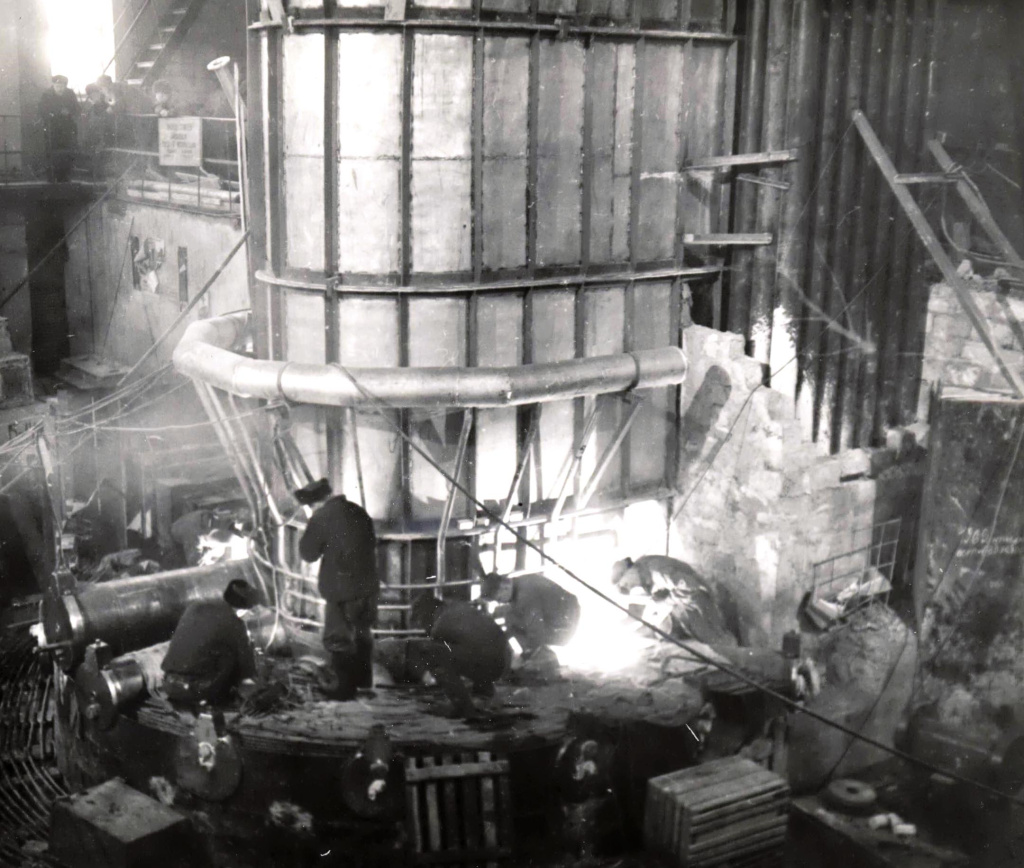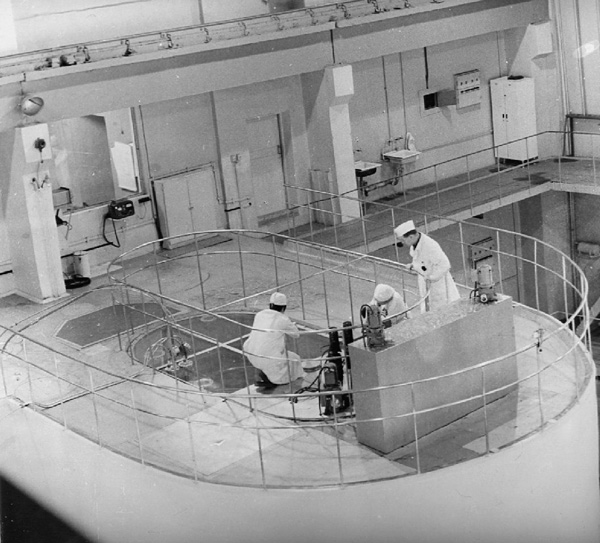An idea to build a nuclear research reactor in Tomsk Polytechnic Institute – TPI (since 1991 - Tomsk Polytechnic University) was put forward by its Rector, Professor Alexander A. Vorobyov. The 1950s was a golden time of nuclear sciences, nuclear physics, nuclear energy, and others. This led to an increase in the number of nuclear power plants and other organizations of the atomic industry. TPI became a training center for specialists in nuclear physics, separation of isotopes, automation of technological processes, plasma physics, plasma chemistry, and chemical technology, and nuclear energy. By this time, TPI founded Research Institute of Nuclear Physics, Electronics, and Automation based on synchrotron Sirius, cyclotron, and other accelerators. This institute allowed accumulating the experience of scientific research, strengthened the ties of science with academic process, training scientific and engineering staff for the nuclear industry.
History
Note
It is worth noting, that the project of TPI nuclear research reactor was supported by the "father of the Soviet atomic bomb" and the Soviet nuclear program - Igor V. Kurchatov.
The construction of the reactor IRT-1000 (Typical Research Reactor-1000) began in 1959. The first chief engineer of the project was Nikolai P. Larionov, February 15, 1963, Alexander G. Skorikov replaced him in this position. On June 22, 1967, the reactor was launched for the first time by a group of specialists from the Kurchatov Institute headed by Pavel M. Egorenkov.
IRT-1000 was a heterogeneous reactor operated on thermal neutrons. Demineralized water was used as the reflector, the coolant, and the top biological shielding, the reflector material was graphite. Initially, the active zone of the reactor was loaded with IRT-1000 fuel assembly arrays with 10% enrichment of U235. In 1971, the reactor core was reconstructed one began to use fuel assembly arrays TRR-2M the graphite reflector was replaced by beryllium and the reactor power was increased up to 2.5 MW.
At the reactor power 2.5 MW, the thermal neutron flux in the core center was 3,3х1013 н/см2с. The reactor had eight horizontal channels 100 mm in diameter each and two 150 mm diameter each, 12 vertical channels with a diameter of 52 mm, and three with a diameter of 32 mm.
The present construction allowed simultaneously working on different experiments independently. The radiation circuit with a liquid-metal alloy allowed engineers to obtain pure monochromatic gamma radiation of high intensity.

